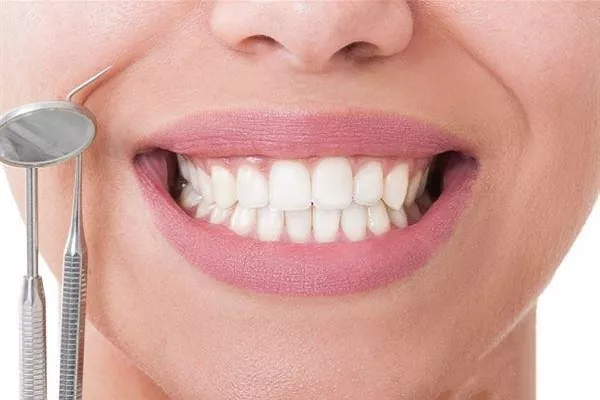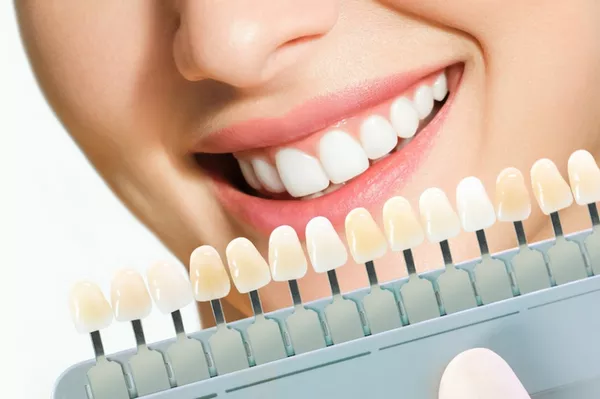Gum disease, also known as periodontal disease, is a common oral health concern that affects a significant portion of the population. Proper treatment is crucial to prevent its progression and maintain optimal periodontal health. In this comprehensive guide, we will delve into the various treatment options available for gum disease, ranging from professional dental care to effective home remedies.
Professional Dental Cleanings: The Foundation of Gum Disease Treatment
Professional dental cleanings form the cornerstone of gum disease treatment. Regular visits to your dentist or dental hygienist ensure the removal of plaque and tartar buildup, which are primary contributors to gum disease. These cleanings, typically recommended every six months, play a vital role in preventing the advancement of periodontal issues.
a. Scaling and Root Planing:
One of the key components of professional dental cleanings is scaling and root planing. This non-surgical procedure involves the removal of plaque and tartar from the tooth surfaces and beneath the gumline, followed by smoothing the tooth roots to prevent bacterial reattachment. Research indicates that scaling and root planing significantly reduce inflammation and improve periodontal health.
b. Periodontal Maintenance:
For individuals with a history of gum disease, periodontal maintenance is crucial. This specialized cleaning, performed more frequently than regular cleanings, helps manage the condition and prevent its recurrence. Studies suggest that consistent periodontal maintenance can contribute to long-term gum health.
Advanced Periodontal Treatments: Addressing Progressive Gum Disease
In cases where gum disease has advanced, more advanced treatments may be necessary to halt its progression and restore oral health.
Dentists may recommend:
a. Laser Therapy:
Laser-assisted periodontal therapy has emerged as a promising treatment for gum disease. Utilizing laser technology, this procedure targets and removes infected tissue while promoting the regeneration of healthy gums. Research highlights the effectiveness of laser therapy in reducing periodontal pocket depths and promoting tissue healing.
b. Gum Grafting:
For individuals experiencing gum recession due to advanced gum disease, gum grafting may be recommended. This surgical procedure involves the transplantation of gum tissue to areas with insufficient coverage. Studies suggest that gum grafting can enhance the aesthetics and stability of the gumline.
Home Remedies and Lifestyle Changes: Empowering Your Oral Health
Complementing professional dental care, incorporating home remedies and lifestyle changes can contribute significantly to gum disease prevention and management.
a. Effective Oral Hygiene Practices:
Consistent and thorough oral hygiene practices are paramount in preventing gum disease. Brushing twice daily, using an antimicrobial mouthwash, and flossing regularly help remove plaque and bacteria. Studies emphasize the role of proper oral hygiene in reducing the risk of gum disease.
b. Balanced Diet and Nutritional Supplements:
A well-balanced diet rich in vitamins and minerals supports overall oral health. Research suggests that nutrients like vitamin C and antioxidants play a vital role in gum tissue health. Consider incorporating these elements into your diet or consult with your healthcare provider about suitable supplements.
c. Stress Management:
Chronic stress can contribute to gum disease. Engaging in stress-reducing activities such as meditation, yoga, or deep breathing exercises may positively impact periodontal health. Studies highlight the connection between stress management and improved gum health.
In conclusion, understanding the available treatment options for gum disease empowers individuals to take proactive steps toward maintaining optimal periodontal health. From professional dental cleanings to advanced periodontal treatments and incorporating home remedies, a comprehensive approach is key to preventing and managing gum disease effectively. By combining these strategies, individuals can work towards a healthier, disease-free smile.
Related Links:
What causes gum pain and swelling?
What does a gum graft look like while healing?
What is the first sign of gum disease?



























